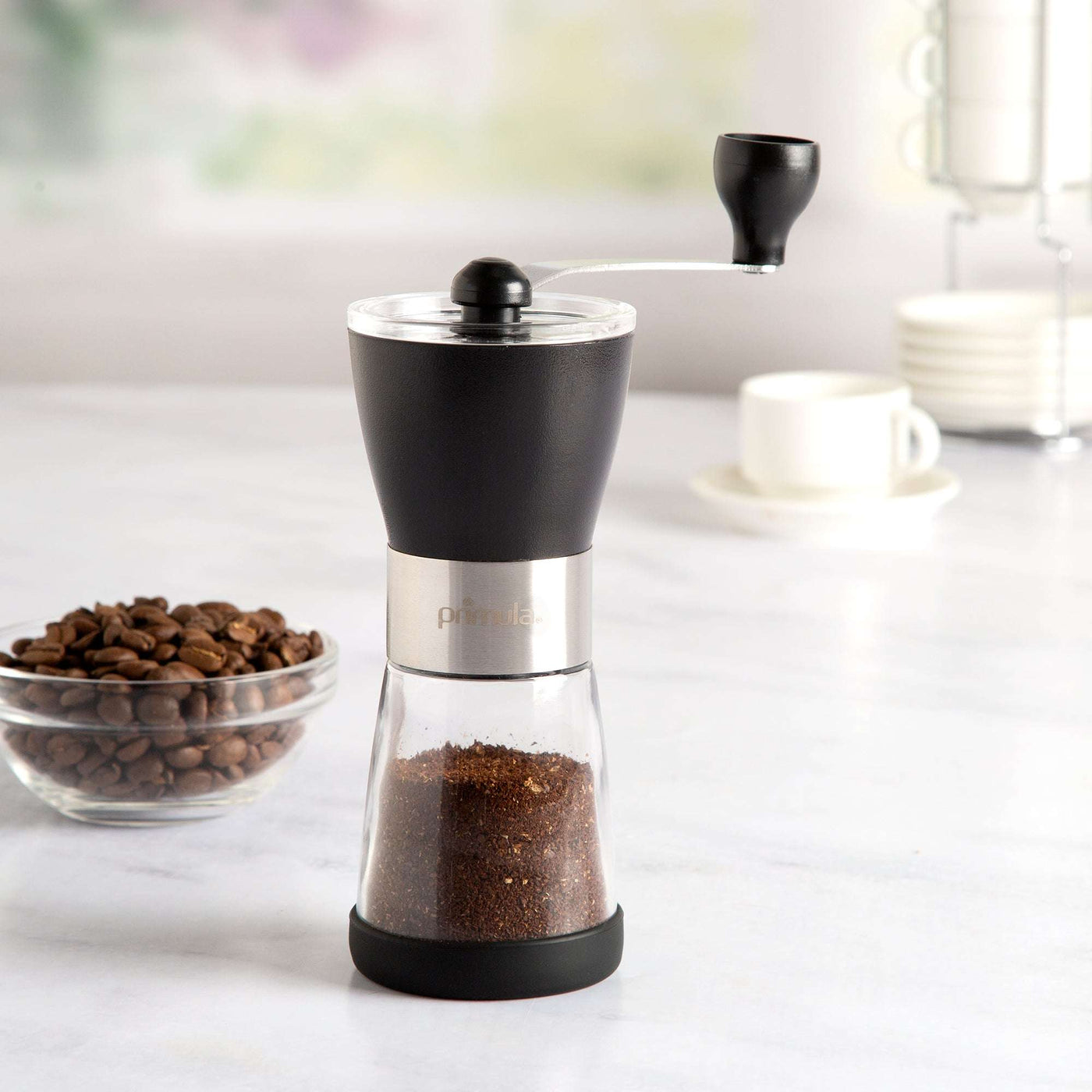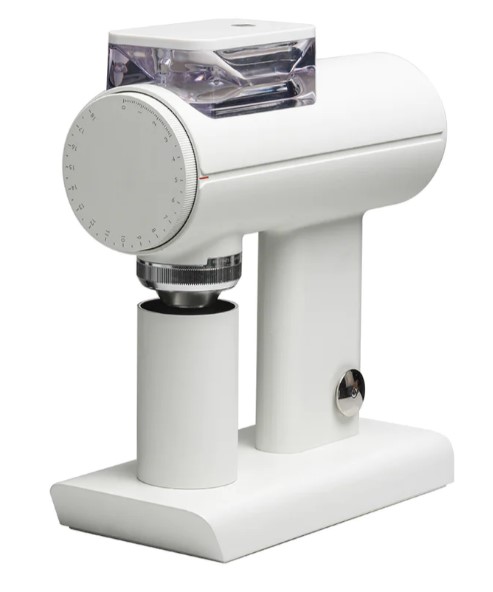Timemore Sculptor 064: Elevate Your Coffee Brewing Game
Timemore Sculptor 064: Elevate Your Coffee Brewing Game
Blog Article
The Ultimate Guide to Grinding Coffee Beans in the house
Worldwide of coffee fanatics, the process of grinding coffee beans in the house is thought about an art form that can considerably improve the quality of your mixture. The excellent cup of coffee typically begins with the precise act of grinding beans to the perfect uniformity, yet this seemingly easy task involves a myriad of aspects that can influence the outcome. From comprehending various grind dimensions to picking the ideal grinder for your demands, beginning on this journey can be both gratifying and complex. Join us as we untangle the nuances of grinding coffee beans at home and outfit you with the understanding and skills required to raise your coffee game to new heights.
Various Coffee Work Sizes Explained
Comprehending the various coffee grind sizes is necessary for achieving the excellent removal and taste in your made coffee. The size of the coffee premises substantially influences the price of removal throughout the developing process. Coarser grinds have much less area touching the water, resulting in a slower extraction process, which is optimal for methods like French press and chilly mixture. On the other hand, finer grinds have actually increased area, permitting quicker removal, ideal for espresso or Turkish coffee (Timemore Sculptor 078).
One of the most common grind dimensions are additional rugged, rugged, medium-coarse, medium, medium-fine, great, and additional fine. Bonus crude resembles breadcrumbs and is usually utilized for cold mixture. Coarse work resembles sea salt and suits French press brewing. Medium-coarse is comparable to rough sand and works well for Chemex or Clever Dripper. Tool grind, similar to normal sand, appropriates for drip coffee manufacturers. Medium-fine resembles common salt and is perfect for pour-over methods. Fine grind, comparable to powdered sugar, is ideal for espresso makers. Additional fine, practically like flour, is perfect for Turkish coffee. By choosing the suitable grind size for your brewing technique, you can boost the flavor and quality of your coffee.
Selecting the Right Grinder for You

Tips for Constant Grinding Results
To accomplish regular grinding results when preparing coffee at home, it page is necessary to establish a routine maintenance timetable for your chosen grinder. Timemore Sculptor 078. Normal cleaning of the grinder's burrs or blades is critical to guarantee that no coffee deposit develops and impacts the top quality of the work. Additionally, it is suggested to alter your grinder regularly to keep the preferred coarseness or excellence of the grind
Another idea for look here accomplishing regular grinding results is to gauge your coffee beans before grinding. Making use of a digital scale to consider the beans ensures that you are utilizing the proper coffee-to-water proportion for your brew, bring about a much more regular and balanced flavor in your cup.
Additionally, readjusting the work dimension according to your brewing approach is essential to getting the ideal outcomes. Different brewing methods, such as French press, pour-over, or espresso, need certain work sizes to remove the tastes properly. Explore different grind sizes and keeping in mind the outcomes can assist you best your grinding technique for each brewing approach.
Keeping and Preserving Freshly Ground Coffee
:max_bytes(150000):strip_icc()/coffeemakerswithgrinders_group_shot-ae04d198998547f0b37a5184cdffcbc1.jpg)
The most effective containers for keeping newly ground coffee are those constructed from ceramic, glass, or stainless steel. These products are additional hints non-reactive and do not move any type of odors that could compromise the coffee's taste. Additionally, it is a good idea to divide your coffee right into smaller sized parts to minimize air direct exposure each time the container is opened up.
It is suggested to save the coffee in a cool, dark place, such as a cupboard or cupboard, instead of on the counter top or in the fridge. Refrigerators can introduce moisture to the coffee, influencing its preference. By following these storage methods, you can prolong the freshness of your ground coffee and appreciate delicious cups of coffee each time you brew.
Troubleshooting Common Grinding Issues
:max_bytes(150000):strip_icc()/best-coffee-grinders-tout-3f43b754c5914ecd85dc865bd9bc0500.jpg)

Another common problem is grinder blocking, which can result from oils in the beans sticking to the mill's burrs or blades. By addressing these typical grinding concerns quickly and applying correct maintenance routines, you can guarantee a tasty and regular coffee brewing experience.
Final Thought
In conclusion, mastering the art of grinding coffee beans in your home calls for an understanding of different work dimensions, selecting the right mill, and implementing ideas for constant results. Correct storage and preservation of fresh ground coffee is additionally crucial for maintaining its high quality. By fixing typical grinding problems, coffee enthusiasts can take pleasure in a scrumptious mug of coffee made from newly ground beans in the convenience of their own home.
In the world of coffee connoisseurs, the process of grinding coffee beans at home is taken into consideration an art form that can significantly improve the quality of your brew. Join us as we unravel the subtleties of grinding coffee beans at home and equip you with the understanding and skills required to raise your coffee video game to brand-new heights.
Recognizing the numerous coffee grind sizes is important for accomplishing the perfect removal and taste in your brewed coffee.When running into usual grinding issues while preparing your coffee, it is important to attend to these obstacles quickly to make sure the top quality of your mixture aligns with the care taken in saving and preserving freshly ground coffee. By troubleshooting usual grinding issues, coffee fanatics can enjoy a tasty mug of coffee made from freshly ground beans in the comfort of their own home.
Report this page